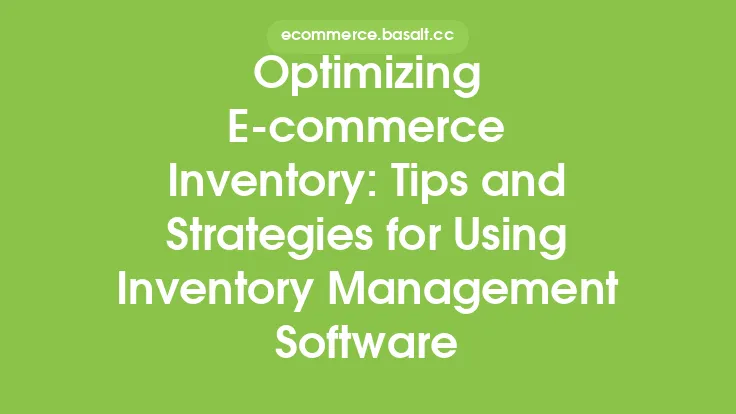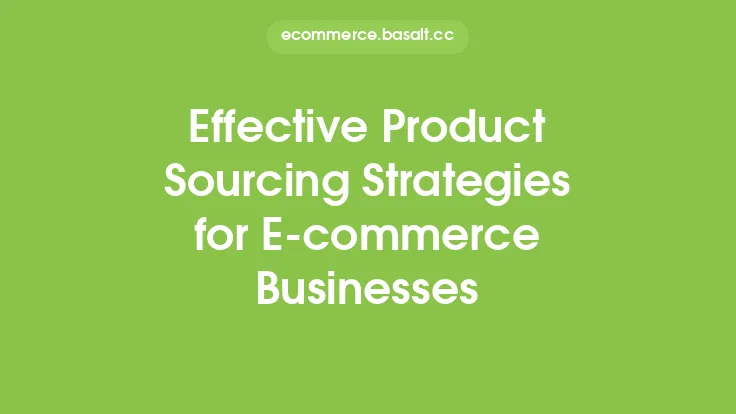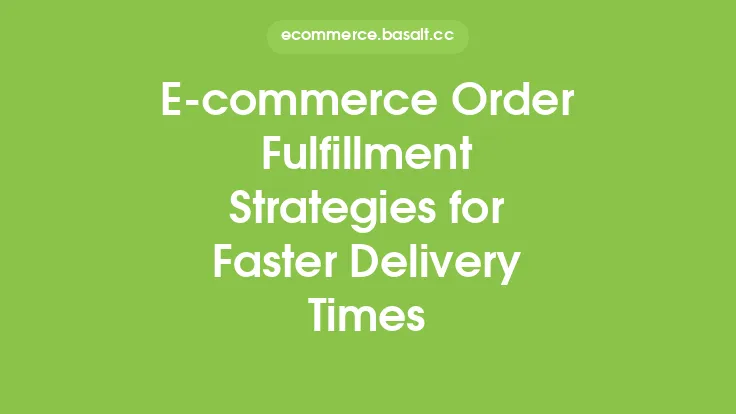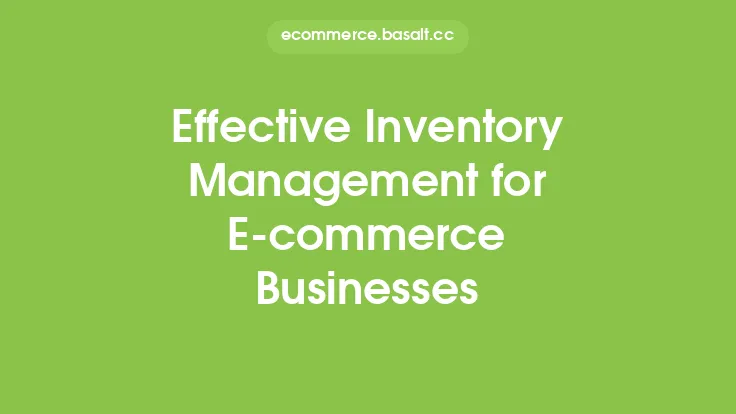Managing order volume and demand is a critical aspect of e-commerce order fulfillment. It involves anticipating and responding to changes in customer demand, ensuring that orders are fulfilled efficiently and effectively, and maintaining a high level of customer satisfaction. In this article, we will explore the importance of managing order volume and demand, and discuss effective strategies for doing so.
Introduction to Managing Order Volume and Demand
Managing order volume and demand requires a deep understanding of customer behavior, market trends, and the capabilities of the order fulfillment system. It involves analyzing historical sales data, monitoring current sales trends, and using forecasting techniques to predict future demand. By accurately predicting demand, e-commerce businesses can ensure that they have sufficient inventory and resources to fulfill orders, and can avoid stockouts, overstocking, and other issues that can negatively impact customer satisfaction and profitability.
Understanding Demand Patterns
To manage order volume and demand effectively, it is essential to understand demand patterns. Demand patterns refer to the fluctuations in customer demand that occur over time, and can be influenced by a variety of factors, including seasonality, holidays, and marketing campaigns. By analyzing demand patterns, e-commerce businesses can identify periods of high and low demand, and can adjust their inventory and resource levels accordingly. For example, a business that sells winter clothing may experience high demand during the winter months, and low demand during the summer months. By understanding this demand pattern, the business can adjust its inventory levels and marketing campaigns to maximize sales and profitability.
Strategies for Managing Order Volume and Demand
There are several strategies that e-commerce businesses can use to manage order volume and demand. These include:
- Inventory management: This involves managing inventory levels to ensure that there is sufficient stock to fulfill orders, but not so much that it becomes costly to store and maintain. Inventory management techniques include just-in-time inventory management, which involves ordering inventory just in time to fulfill orders, and drop shipping, which involves shipping products directly from the supplier to the customer.
- Demand forecasting: This involves using historical sales data and other factors to predict future demand. Demand forecasting techniques include statistical modeling, which involves using statistical models to forecast demand, and machine learning, which involves using machine learning algorithms to analyze sales data and predict demand.
- Capacity planning: This involves planning and managing the resources and capacity needed to fulfill orders. Capacity planning techniques include resource allocation, which involves allocating resources such as labor and equipment to fulfill orders, and outsourcing, which involves outsourcing order fulfillment to a third-party provider.
- Supply chain management: This involves managing the supply chain to ensure that products are delivered to customers quickly and efficiently. Supply chain management techniques include supplier management, which involves managing relationships with suppliers to ensure that products are delivered on time and in good condition, and logistics management, which involves managing the transportation and storage of products.
Implementing Effective Order Volume and Demand Management Systems
To implement effective order volume and demand management systems, e-commerce businesses should consider the following:
- Use data and analytics: Data and analytics are critical for understanding demand patterns and predicting future demand. E-commerce businesses should use data and analytics tools to analyze sales data, monitor current sales trends, and forecast future demand.
- Invest in inventory management software: Inventory management software can help e-commerce businesses to manage inventory levels, track inventory movements, and optimize inventory levels.
- Develop a demand forecasting process: A demand forecasting process involves using historical sales data and other factors to predict future demand. E-commerce businesses should develop a demand forecasting process that takes into account seasonality, holidays, and other factors that can influence demand.
- Build relationships with suppliers: Building relationships with suppliers is critical for ensuring that products are delivered on time and in good condition. E-commerce businesses should build relationships with suppliers to ensure that they can respond quickly to changes in demand.
Best Practices for Managing Order Volume and Demand
To manage order volume and demand effectively, e-commerce businesses should follow best practices such as:
- Monitor and analyze sales data: Sales data is critical for understanding demand patterns and predicting future demand. E-commerce businesses should monitor and analyze sales data regularly to identify trends and patterns.
- Use flexible pricing strategies: Flexible pricing strategies involve adjusting prices in response to changes in demand. E-commerce businesses should use flexible pricing strategies to maximize revenue and profitability.
- Invest in automation: Automation can help e-commerce businesses to streamline order fulfillment, reduce costs, and improve customer satisfaction. E-commerce businesses should invest in automation technologies such as robotic process automation and artificial intelligence.
- Develop a contingency plan: A contingency plan involves developing a plan for responding to unexpected changes in demand. E-commerce businesses should develop a contingency plan to ensure that they can respond quickly to changes in demand.
Conclusion
Managing order volume and demand is a critical aspect of e-commerce order fulfillment. It involves anticipating and responding to changes in customer demand, ensuring that orders are fulfilled efficiently and effectively, and maintaining a high level of customer satisfaction. By understanding demand patterns, using effective strategies for managing order volume and demand, implementing effective order volume and demand management systems, and following best practices, e-commerce businesses can maximize revenue and profitability, and provide a high level of customer satisfaction.




